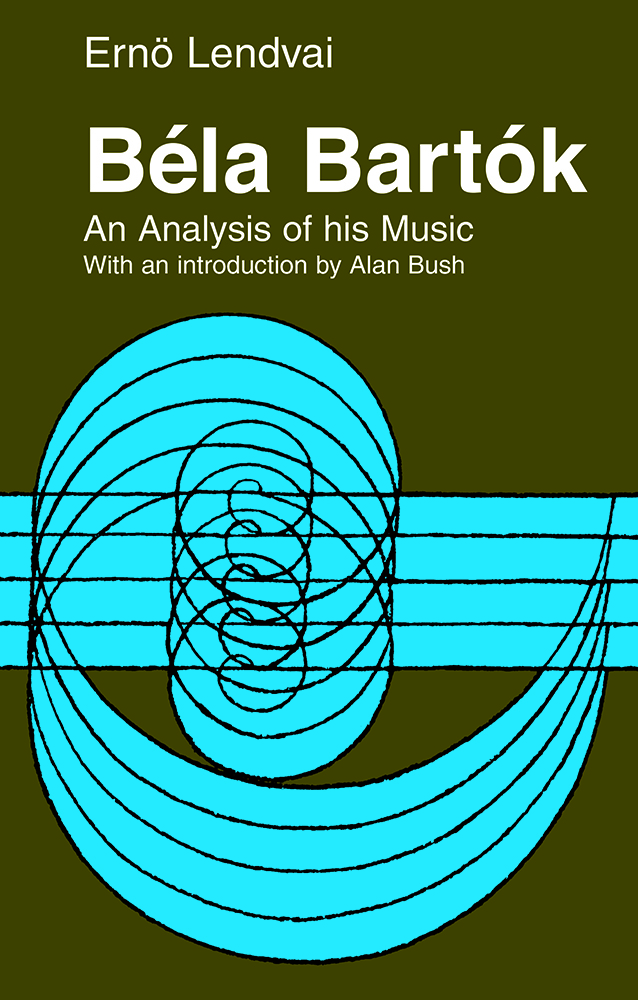Description
The publication of this study of the music of Béla Bartók is an important event. Many descriptive analyses of particular works of his have appeared, but here for the first time is an authoritative and convincing exposition of the theoretical principles which the composer worked out for himself but refrained, as far as is known, from expounding it to anyone during his lifetime. Ernő Lendvai has disclosed the fact that Béla Bartók, in his early thirties, evolved for himself a method of integrating all the elements of music; the scales, the chordal structure with the melodic motifs appropriate to them, together with the proportions of length as between movements in a whole work, main divisions within a movement such as exposition, development and recapitulation and even balancing phrases within sections of movements, according to one single basic principle. – Alan Bush
Contents
Introduction by Alan Bush
1. Tonal Principles – The Axis System
2. Form Principles – Golden Section
3. Fibonacci Series
4. The Use of Chords and Intervals – Chromatic System
5. Diatonic System
Appendices
About the Author
Ernő Lendvai was born in 1925 in Kaposvár, Hungary and died suddenly in Budapest in 1993. From 1949-56, he was director of the Győr Conservatoire, and professor at the Music Academy in Budapest. From 1960-65 he was musical director of Hungarian Radio and Television. He became one of the most important Hungarian music theoreticians in the twentieth century. He became known worldwide through his detailed research into the internal structure of Bartók’s music, a study that he started shortly after the composer’s death.
Reviews
Ernő Lendvai is a Bartók specialist of the highest order … a theorist of genius
Tempo
Essential reading for any composition student
The Composer
His analysis of the Sonata for Two Pianos and Percussion is remarkable
The Listener






